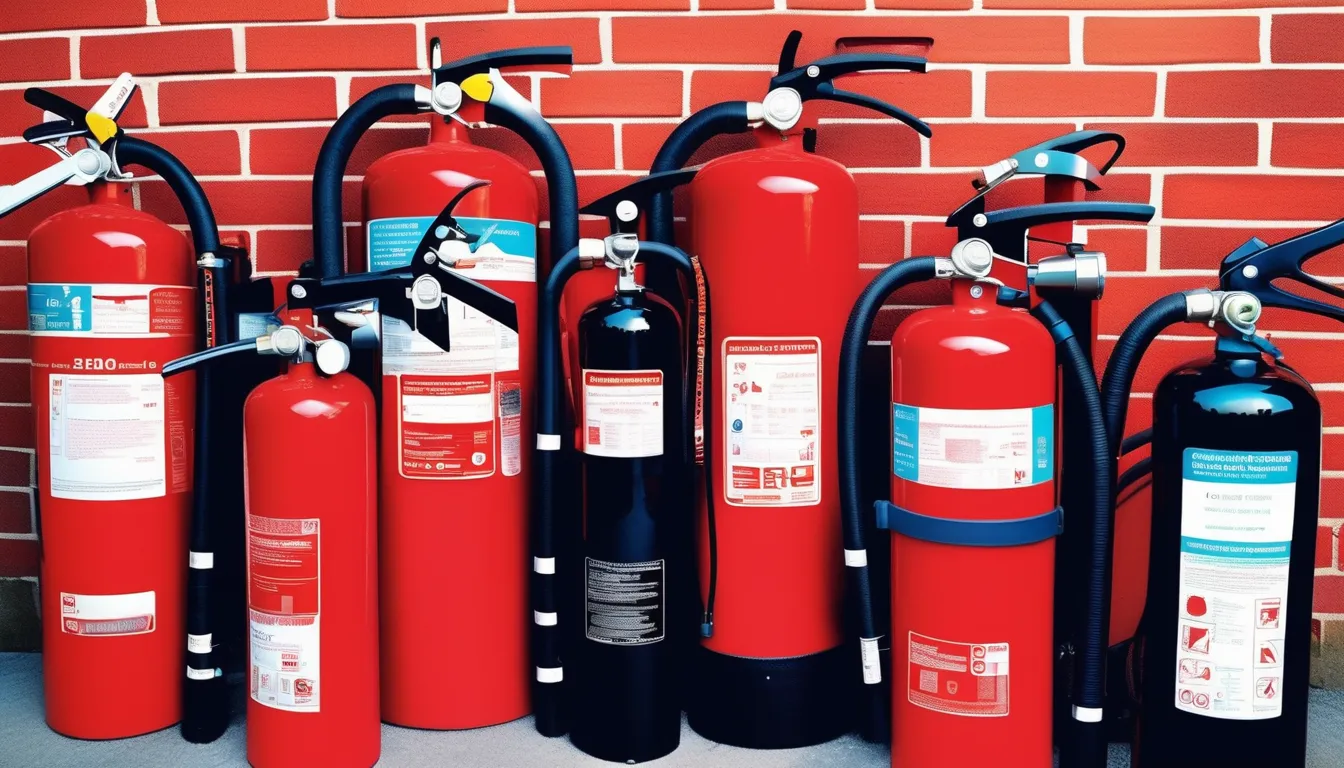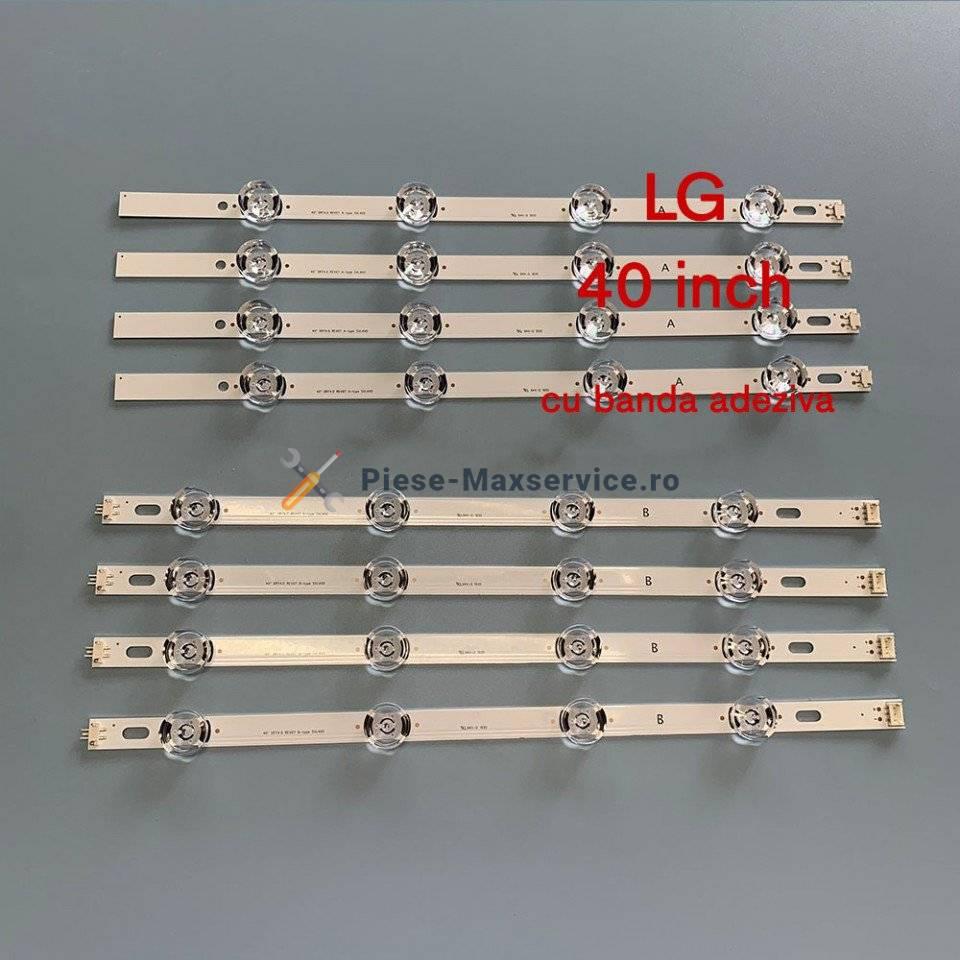When you think about fire safety, choosing the right fire extinguisher for your situation is crucial. You need to assess your environment and identify potential hazards—whether it’s flammable liquids in a garage or electrical equipment in an office. Each setting requires a specific class of extinguisher, and understanding these classifications is just the beginning. You’ll also want to consider the size and accessibility of the extinguisher, along with maintenance practices. What’s the best way to ensure you’re fully prepared for any fire emergency?
Understanding Fire Extinguisher Classes
When it comes to fire safety, knowing the different classes of fire extinguisher s is crucial. Each class addresses specific types of fires, and understanding these can help you choose the right extinguisher for your needs.
Class A extinguishers are for ordinary combustibles like wood, paper, and cloth. You’ll want one of these for home use.
For fires involving flammable liquids such as gasoline or oil, Class B extinguishers are necessary. If you’re dealing with electrical fires, Class C is your go-to, as it’s designed for live electrical equipment.
Class D extinguishers are tailored for combustible metals, often found in industrial settings.
Lastly, Class K extinguishers are specifically meant for kitchen fires involving cooking oils and fats.
Assessing Your Environment
To choose the right fire extinguisher, it’s important to assess your environment and identify potential fire hazards.
Start by taking a good look at the areas where you spend the most time, whether it’s your home, office, or workshop. Consider what materials are present—do you have flammable liquids, electrical equipment, or cooking appliances? Each of these items can significantly affect your fire risk.
Next, think about the layout of your space. Are there any areas that are more confined or cluttered? These spots can make it harder to escape in case of a fire, so having an extinguisher nearby is crucial.
Also, take note of how many floors or rooms you have; you’ll want to ensure that you have adequate coverage throughout your environment.
Determining Extinguisher Size
Choosing the right size fire extinguisher can make all the difference in an emergency. You need to consider both the potential fire hazards and the space where you’ll be placing the extinguisher. A too-small extinguisher may not put out a fire effectively, while one that’s too large can be cumbersome to handle.
When determining the appropriate size, think about these factors:
- Type of hazards: For small kitchens, a 2.5 to 5-pound extinguisher might suffice, while larger areas with more potential hazards may require 10 pounds or more.
- Room size: In larger spaces, you’ll want an extinguisher that can cover a greater area, so a bigger unit is essential.
- Ease of use: You’ll want to ensure that you can easily lift and operate the extinguisher in a crisis. A heavy extinguisher can be difficult to maneuver.
Maintenance and Inspection Tips
Maintaining and inspecting your fire extinguisher is just as important as selecting the right size. Regular checks ensure it’s ready to use when you need it most.
Start by inspecting the extinguisher monthly. Look for any visible signs of damage, such as dents, rust, or leaks. Make sure the pressure gauge is in the green zone, indicating it’s fully charged.
Next, check the nozzle for blockages. Clear any debris or obstructions that might hinder its operation. If you notice any issues during your inspection, address them immediately. If the extinguisher is damaged or has lost pressure, replace it as soon as possible.
It’s also crucial to have your extinguisher professionally serviced annually. A certified technician can perform a thorough examination and maintenance, ensuring it meets safety standards.
Keep a record of all inspections and service dates for your reference.
Legal Requirements and Recommendations
When it comes to fire safety, understanding the legal requirements and recommendations for fire extinguishers is essential. Depending on where you live, local laws may dictate specific types and quantities of extinguishers you need. Familiarizing yourself with these regulations can help ensure safety in your home or workplace.
Here are a few key points to consider:
- Type of Fire Extinguishers: Different environments require different types. For instance, kitchen areas should have Class K extinguishers, while commercial settings may need Class B or C.
- Placement and Accessibility: Fire extinguishers must be easily accessible. Regulations often specify that they should be mounted at a certain height and distance from exits or potential fire sources.
- Regular Inspections: Many areas mandate annual inspections by certified professionals. Keeping up with these inspections not only meets legal requirements but also ensures your extinguishers will function properly in an emergency.
Conclusion
Choosing the right fire extinguisher is crucial for your safety and peace of mind. By understanding the different classes, assessing your environment, and selecting the appropriate size, you can effectively protect against potential fire hazards. Don’t forget to keep up with regular maintenance and stay informed about local regulations. With the right preparation, you’ll be equipped to handle emergencies confidently and ensure the safety of yourself and those around you.





